Don't wanna be here? Send us removal request.
Text
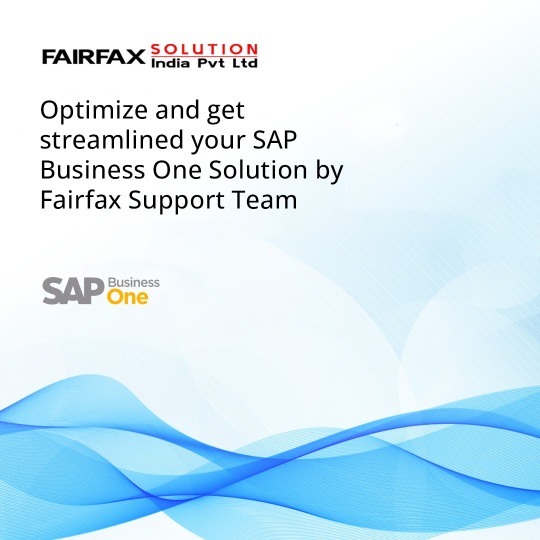
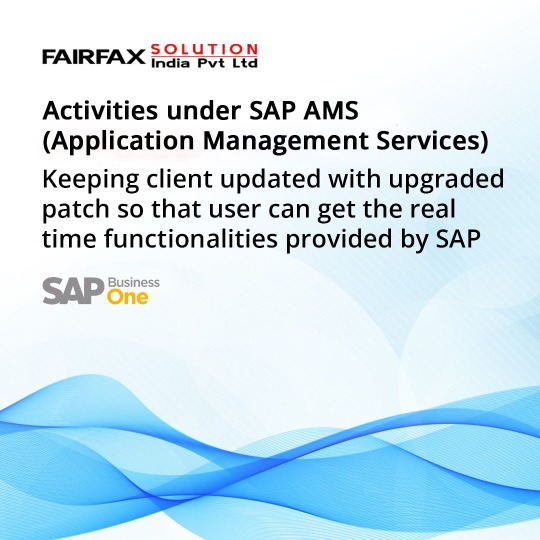



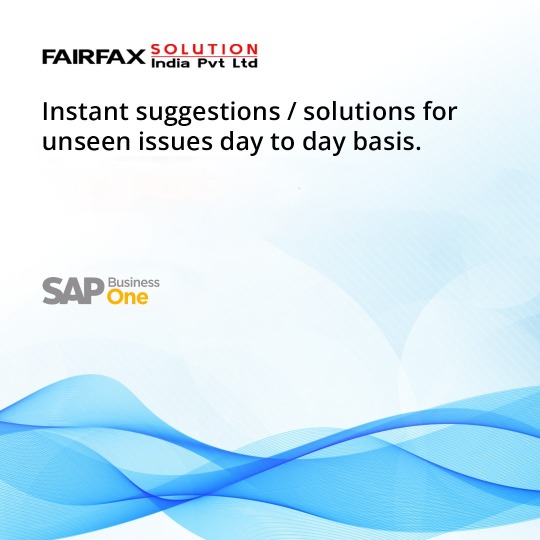
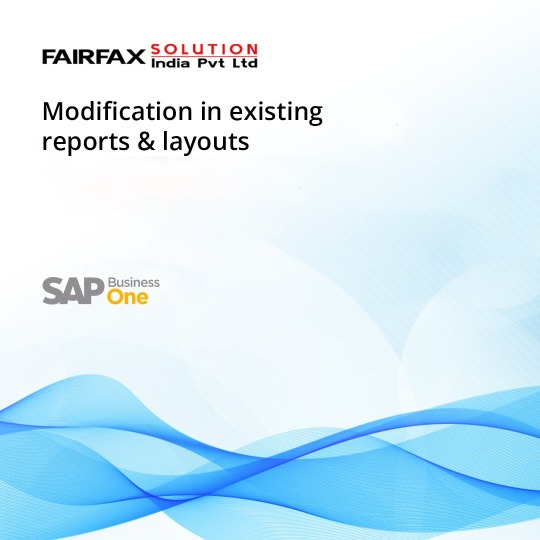
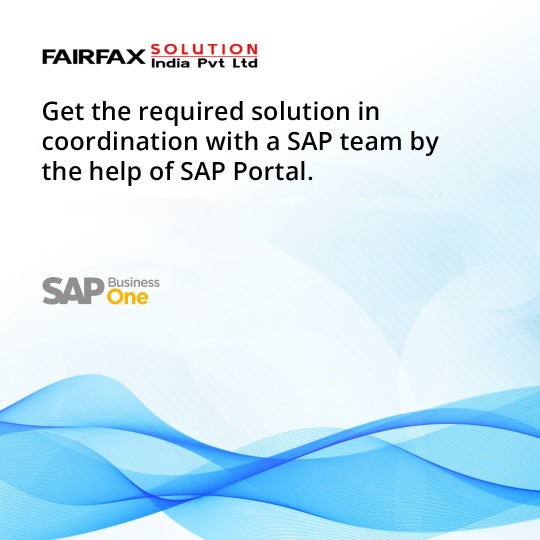
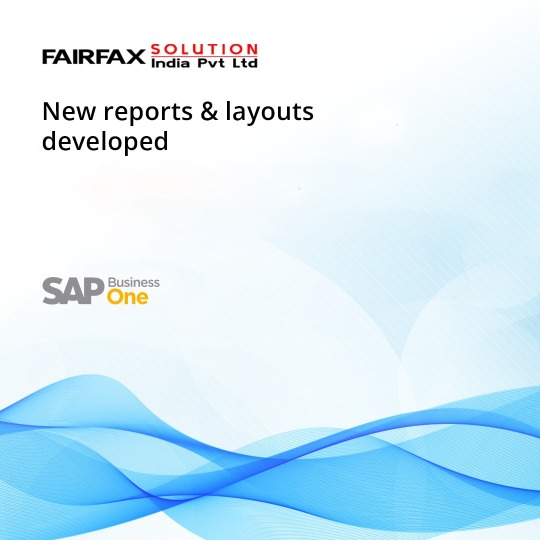

Optimize and get streamlined your SAP Business One Solution by Fairfax Support Team...hashtag#SAPBusinessOne hashtag#FairfaxSolution hashtag#SAPb1 hashtag#SAPAMS
0 notes
Link
Fairfax have experience in SAP Add-on integration services in Kolkata, India such as internal and third-party applications to increase company productivity.
1 note
·
View note
Text
Why SAP Business One for Managing Multiple Branches
SAP business one is a good option for those who want an overall system to support all domains. It provides multiple functionalities at the same time, which is efficient and flawless. You can handle various branches through SAP business one, some of them are as follows:
G/L Allocations: SAP business can access and allocate all the income and expenses throughout a specific period. Analyzing it provides a real-time forecast.
Access to Master Data: SAP business requires all the master data to process all its functionality simultaneously.
Marketing: Sharing selected and necessary documents help marketing collaborate with all appointed entities.
Supporting Multi-Currency: SAP business one supports local and foreign currencies for intercompany transactions. So the user can easily avoid financial data discrepancies.
Boosting Supply Chain: SAP helps you to get accurate data about the stock level and forecasts about the approximate delivery date. In this way, it creates an efficient supply chain.
Affordable Management System: SAP businesses can create documents for a particular location by collecting master data to assign tasks to specific branches. As a result, purchasing documents will be more straightforward from any place based on the previous data. It also allows running multiple sites at a time, which helps to improve profitable growth.
Friendly For Small Businesses: SAP can accomplish multiple tasks at a time. So, it is helpful for new marketers, which is also an efficient aid to reduce time. Consequently, entrepreneurs especially get the maximum return on investment.
Improve Commercial Relationships with Your Customers: SAP is particularly famous for its transparent experiences that help to achieve customer satisfaction. It processes master data and gives an accurate forecast about the stock and estimated delivery date. Any business with multiple branches can operate all the data from a single operating system from the main office.
Efficient Operation System: SAP business one also helps to boost efficiency to experience better performance. Companies aspiring toward global presence can depend on SAP for profit growth. It gives transparency to the entire enterprise and manages all the international requirements and policies.
Advantages in Finance: In finance, also SAP helps with Account Code Generator, Charts of Accounts, Journal Entries, Edit Charts of Accounts, Reverse Transactions, Exchange Rate Differences, Financial Report Templates, Conversion Differences, Journal Vouchers, Posting Templates & Recurring Postings, Cost Accounting, Fixed Assets, Financial Reports and Dashboards, Document Printing, Journal Voucher Report, Intrastat, Internal Reconciliations, Budget Setup.
1 note
·
View note
Link
1 note
·
View note
Text
Challenges of ERP Implementation for SMEs

An ERP implementation can be complex due to various reasons because if any issues arise in ERP implementation then it affects business processes across the entire organization. One of the major challenges while implementing ERP is changing the ways of users and functional groups work with the new solution.
This can be only achieved with strong project management and backing from senior leadership. To set up the new system, the organization needs a committed project team that brings all the users to the ERP platform. Hence, it ensures that the software will support the needs and business processes of all departments across the company.
Limited Awareness Of ERP
In the current market, the biggest challenge that a lot of SMEs faced because of ERP implementation is the lack of awareness & knowledge about ERP solutions. So many companies keep managing their employee resources manually through spreadsheets to this day and are unaware of the capabilities of what an ERP system can deliver and what benefits it can bring to their organization.
Misconception
Due to the lack of awareness, there are misconceptions about ERP systems, especially in SMEs. There is a very popular yet one of the biggest misconceptions is that ERP solutions are only for big enterprises and SMEs won’t be able to afford the implementation and maintenance costs of an ERP system.
Lack of Resources
Many budding SMEs do not have access to an IT team or a dedicated person in charge of implementing and managing an ERP system. In the early stage generally, SMEs do not have anyone to provide them guidance and doing it on their own seems to put an extra burden on the shoulder of SMEs.
However, several ERP solution providers can be really helpful in such scenarios to assist companies by implementing and managing their ERP systems. These consultants are well versed in efficiently taking care of the maintenance and resource allocation.
Financial Concerns
Budgeting can also be a challenging aspect for so many SMEs. As so many SMEs in their early stage do not hold sufficient amount of capital and they have to limit their expenses for spending. Hence, the SMEs cut down the ERP solution to save costs. However, companies do not realize that an upfront investment into implementing an ERP solution can boost business growth, generate huge revenues and improve productivity in the future.
Bringing the Team on Board
The majority of SMEs lack structure, and their employees struggle to adapt to the digitization and learn new solutions from scratch. It can be a challenging and time-consuming process to get the team excited about attending training and learning the ERP system. Due to a tight budget, training is also not as thorough, leaving workers to conduct the majority of the necessary research and learning on their own.
0 notes
Link
SAP project implementation is a lengthy and intensive process that necessitates a significant amount of effort and resources on the part of developers. SAP implementation has various aspects, including each stage of the project’s software development life cycle (SDLC). It also splits the project into the required phases, with each phase serving as a milestone.
1 note
·
View note